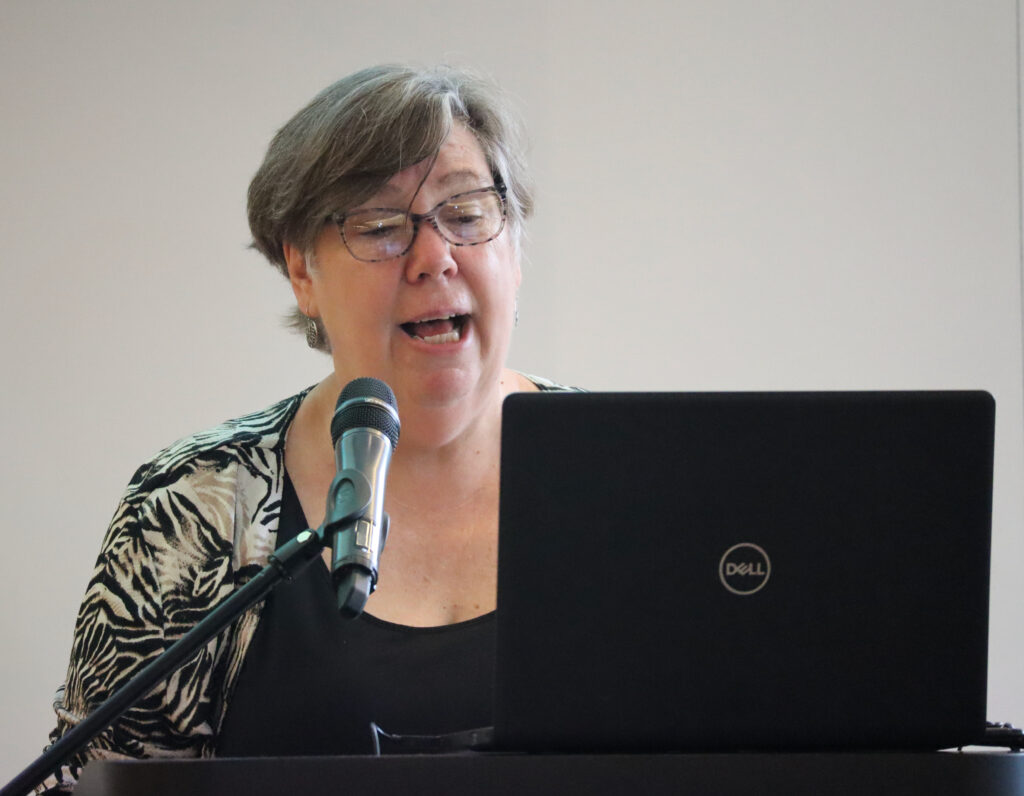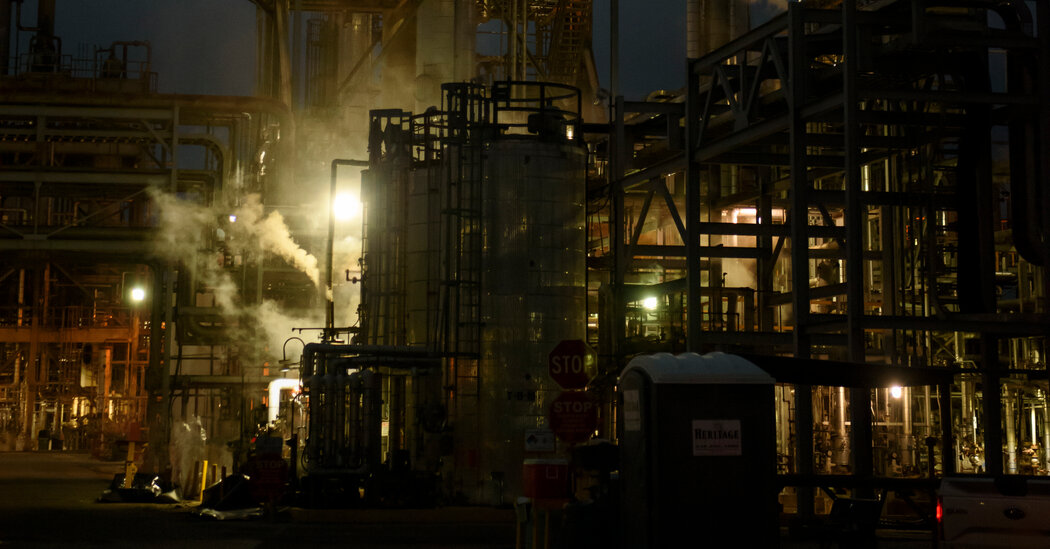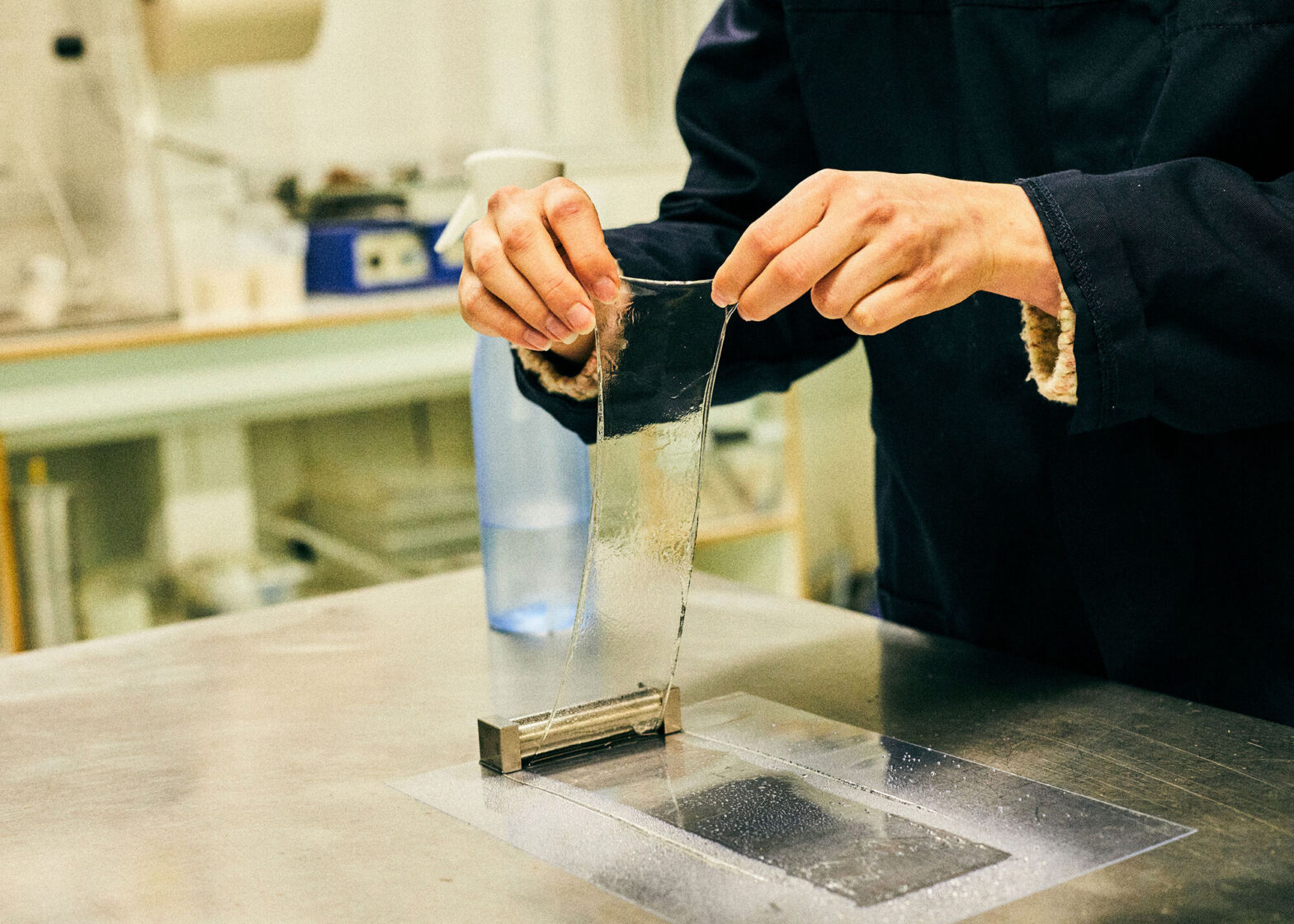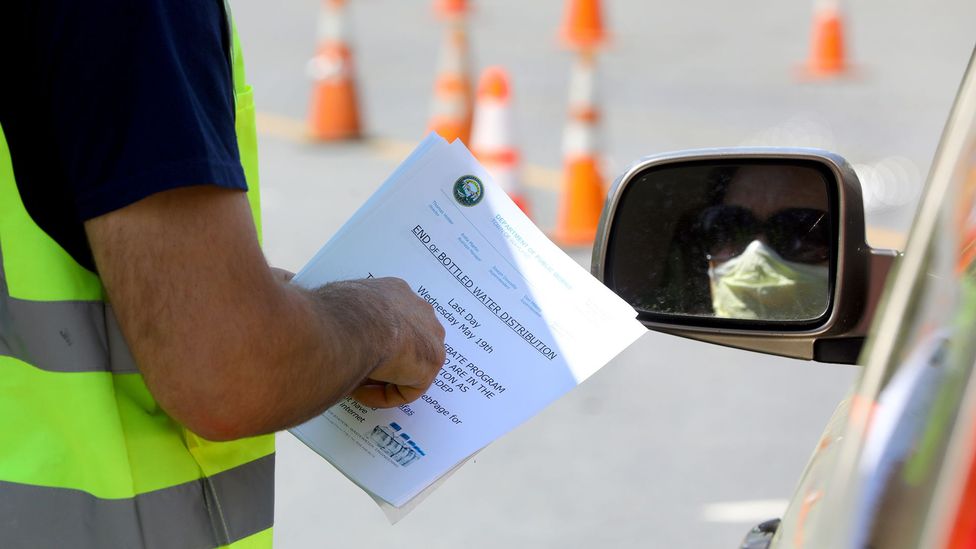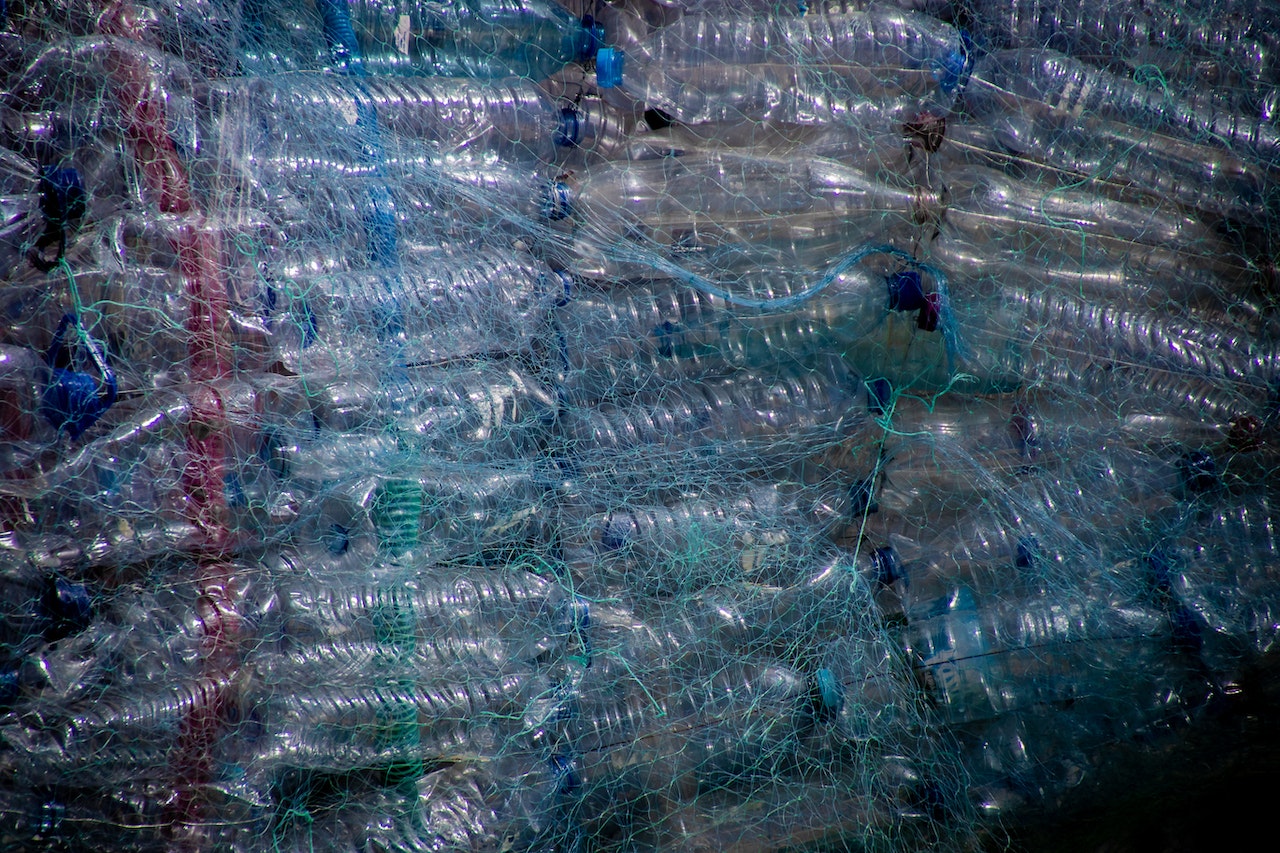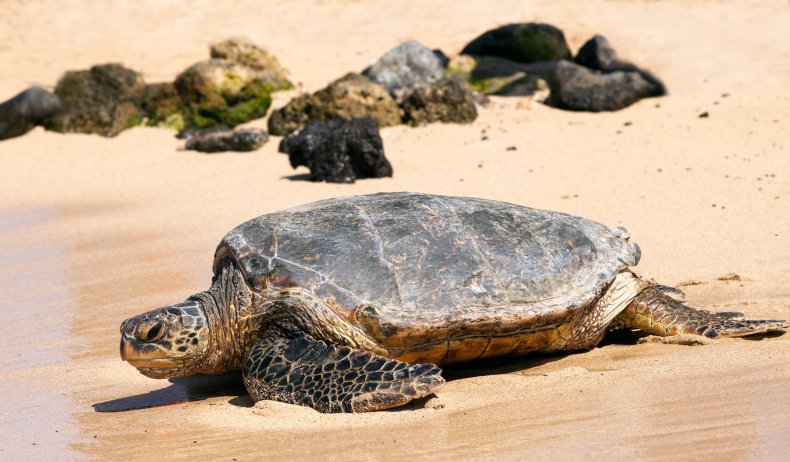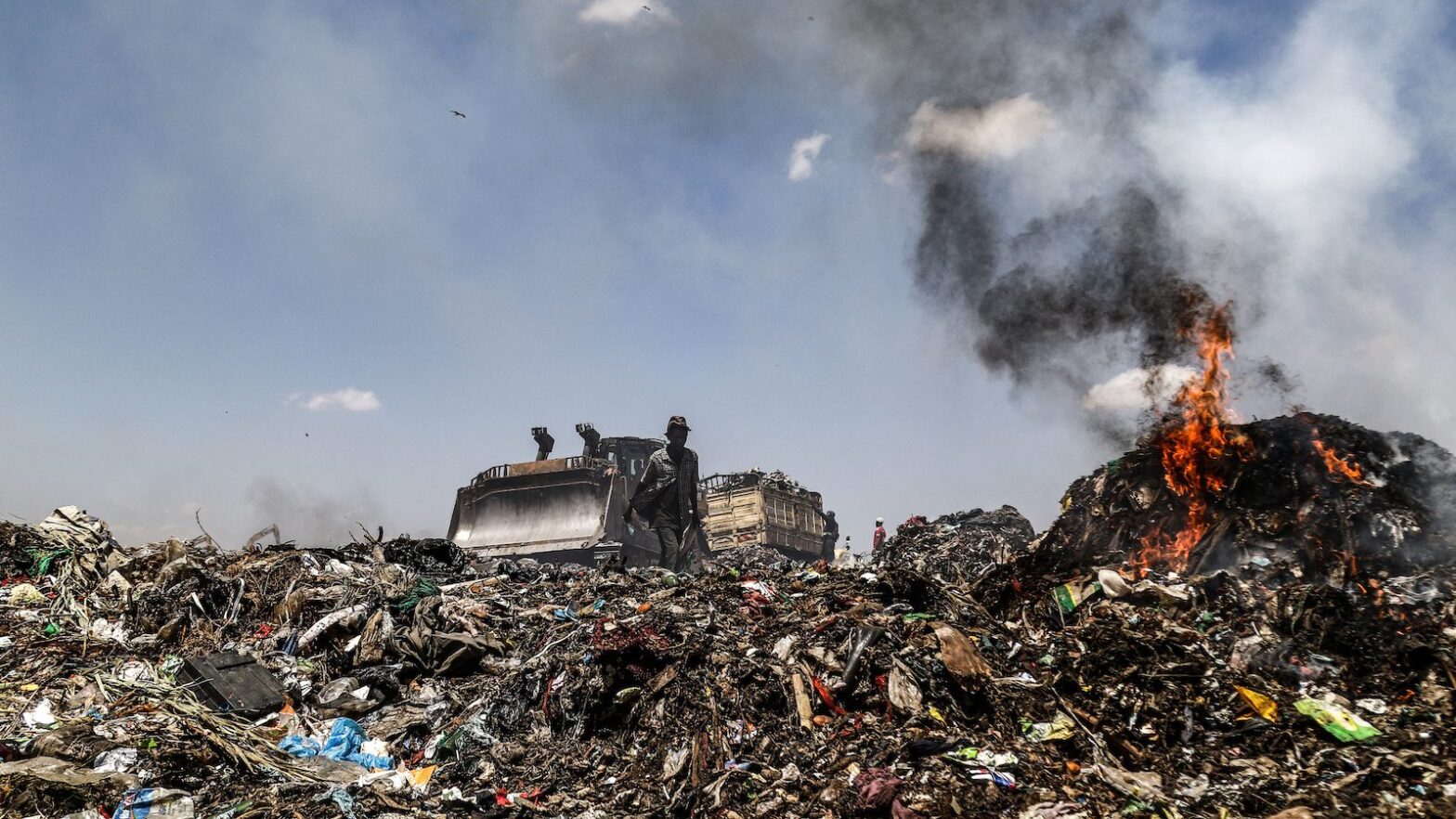Around 85% of plastic packaging worldwide ends up in landfills.In the United States, which is by far the world’s biggest plastics polluter, only around 5% of over 50 million tons of plastic waste produced by households in 2021 was recycled, accordingto Greenpeace.
With plastic production set to triple globally by 2060, plastics made primarily from oil or gas are a growing source of the carbon pollution fuelling climate change. Much is also ending up in oceans and severly impacting marine life.
Promises by major plastics producers like Nestle and Danone to promote recycling and include more recycled plastic in their containers have been mostly broken.
The plastics lobby, along with supermarkets in countries from Austria to Spain, sometimes avoid this responsibility by lobbying againstdeposit return schemes that include plastic bottles.
But there is hope. New universal plastic regulations are currently being negotiatiated as part of a global plastics treatyaiming to streamline the production, use and reuse of plastic using a circular economy model.
Still, circular product design also relies on the myth of recycling, which in its current guise is doing little to ease a mounting plastics crisis.
Separating seven types of plastic doesn’t add up
Most plastic packaging is produced from seven grades of plastic that are largely incompatible with each other, and are costly to sort for recycling.
Apart from PET, or Polyethylene terephthalate, the world’s most common plastic labelled with a #1, and high-density Polyethylene (HDPE), which carries the #2 symbol, five other plastic types might be collected but are rarely recycled, say Greenpeace.
PET is the most recyclable plastic and there is a strong market for its byproduct used to make drink bottles, food containers or fibers for clothes.
But the harder plastics numbered 3-7 have a very small market since the value of the raw material is lower than the cost of recycling.
“It’s difficult to reprocess and sort through all the plastic,” said Lisa Ramsden, Greenpeace USA Senior Plastics Campaigner. Mixed container recycling bins contain a lot of contaminates that make plastic unrecyclable, she added.
“Recycling is not the problem, plastics are,” Ramsden explained. With new virgin plastic often cheaper than recycled material, plastic recycling is not economical, she said.
Virgin plastic is too cheap
The post-consumer plastic resin created from recycled material is being undercut by cheaper prime material, limiting the market for recycled plastics.
Reporting by New York-based market analysts S&P Global, shows demand for raw recycled plastic slowing due, among other factors, to rising transport costs for recycling businesses in Asia and a slowdown in the construction sector that creates plastic building materials.
Ironically, plastic bag bans in Africa and Asia have limited the amount of feed material, which, in addition to low recycling rates globally, is also raising the price of recycled material.
While the price of virgin plastic is at the whim of fluctuating oil and gas prices, these fossil fuels are often subsidized. According to Sander Defruyt, who leads the New Plastics Economy initiative at the US-based non-profit, the Ellen MacArthur Foundation, recycled plastic would be more competitive if fossil fuel subsidies were phased out.
But companies that produce waste could help undercut low virgin plastic costs by subsiziding plastic recycling schemes under the principle of extended producer responsibility (EPR), DeFruyt said. Such corporate subsidies have been key to the success of waste recycling schemes in EU countries like Germany and France, he added. The raw material created from recycled plastic can’t currently compete with virgin oil or gas-based plastic Image: Ozan Kose/AFP/Getty Images
Lightweight ‘flexible’ packaging booming but non-recyclable
The lightweight packets that keep food and snacks likes chips or chocolate bars fresh, constitute around 40% of the world’s plastic packaging, according to Defruyt.
Known as flexible packaging, the lightweight, multi-layered single-use packets are used to wrap around 215 billion products in the UK alone.
Only around five European countries are currently attempting to recycle these packets, noted DeFruyt. In the US, flexible packaging made up only 2% of residential recycling in 2020.
When not ending up in landfill or burnt, the packaging is easily lost or discarded in the environment.
Part of the problem is their multi-layered composition that is sometimes lined with foil, making it very expensive to separate into recyclable parts. Flexible packaging is also often “super-contaminated” with food waste, which also makes it impossible to recycle, noted Defruyt.
The packaging industry claims that flexible packaging has environmental benefits as it’s lighter than more rigid plastics and causes less transport emissions while also keeping food fresher for longer.
Efforts by the flexible packaging industry to make the packets part of a circular economy are doing little to raise recycling rates.A house made of recycled plasticTo view this video please enable JavaScript, and consider upgrading to a web browser that supports HTML5 video
Bans a part of the solution?
In a 2022 survey of over 23,000 people across 34 countries, nearly 80% would support banning types of plastic that cannot be easily recycled.
This would include a global ban on products and materials made from hard-to-recycle plastics. Authors of the survey, conducted by international conservation organisation WWF and Australian-based campaigners Plastic Free Foundation, said “any meaningful progress in reducing global plastic waste” needs to include bans of “the most harmful and problematic types of single-use plastics, fishing gear, and microplastics.”
The EU has made some steps in this direction, having banned 10 single-use plastics products that not only blight Europe’s beaches but contravene a circular economy model via which all disposable plastics in the EU will be reusable or recyclable by 2030.
Meanwhile, more than 30 African countries have either completely or partially banned lightweight plastic bags. One goal of a global plastics treaty will be to harmonize these piecemeal bans into a coherent worldwide regulation.
Edited by: Tamsin Walker



